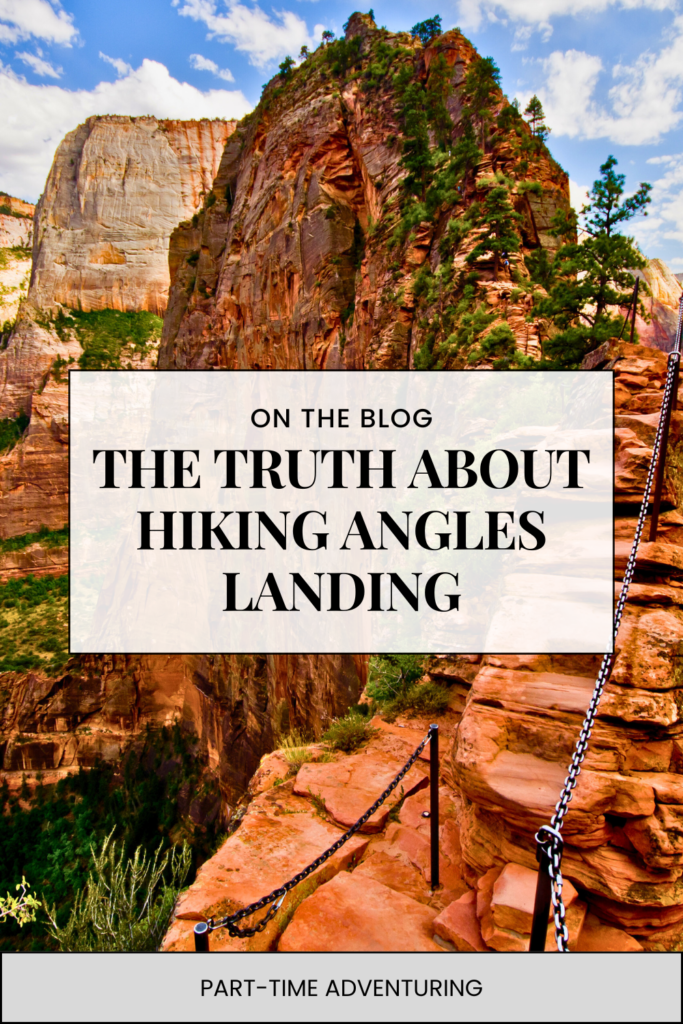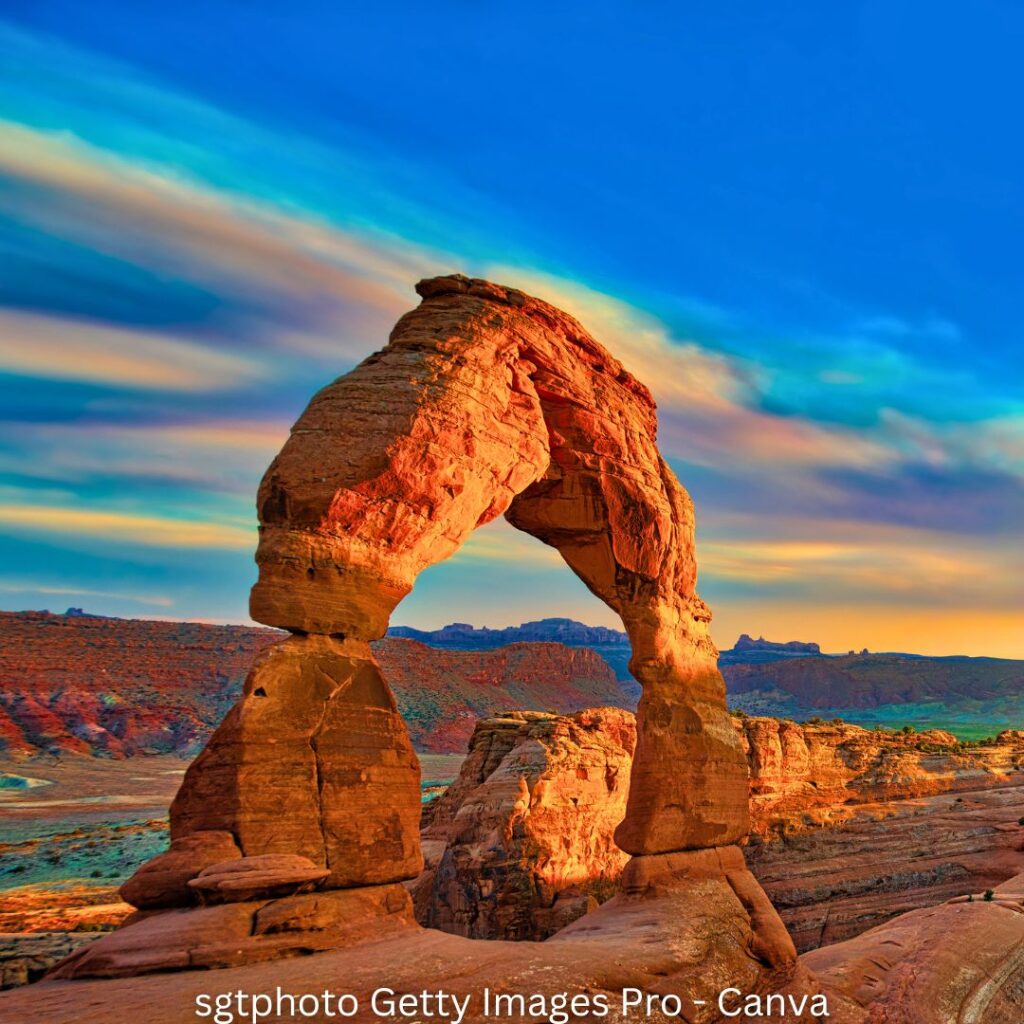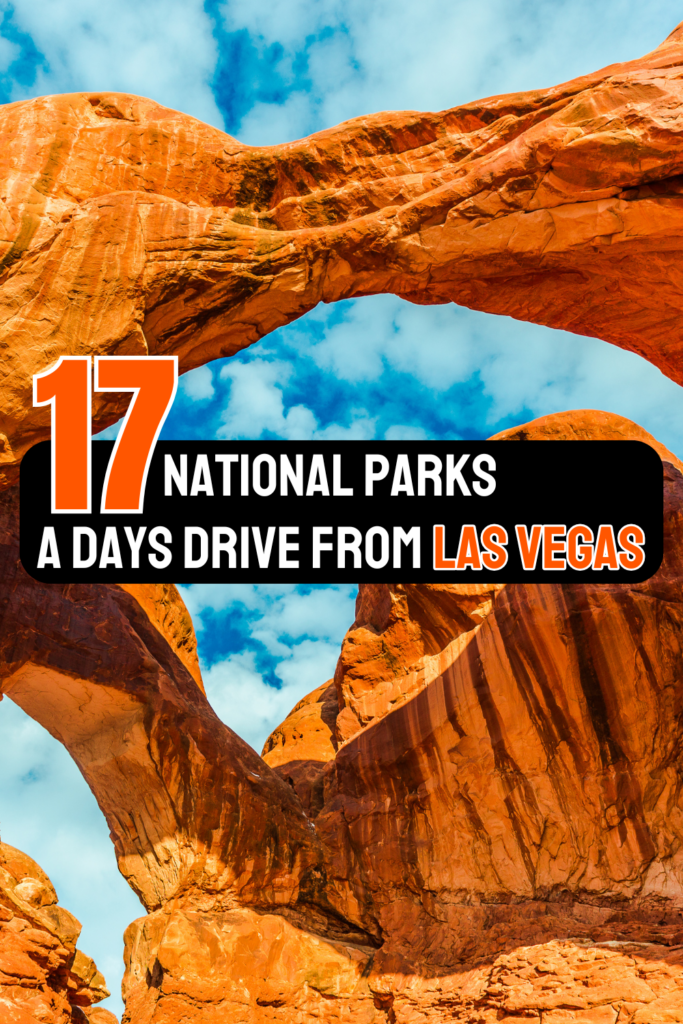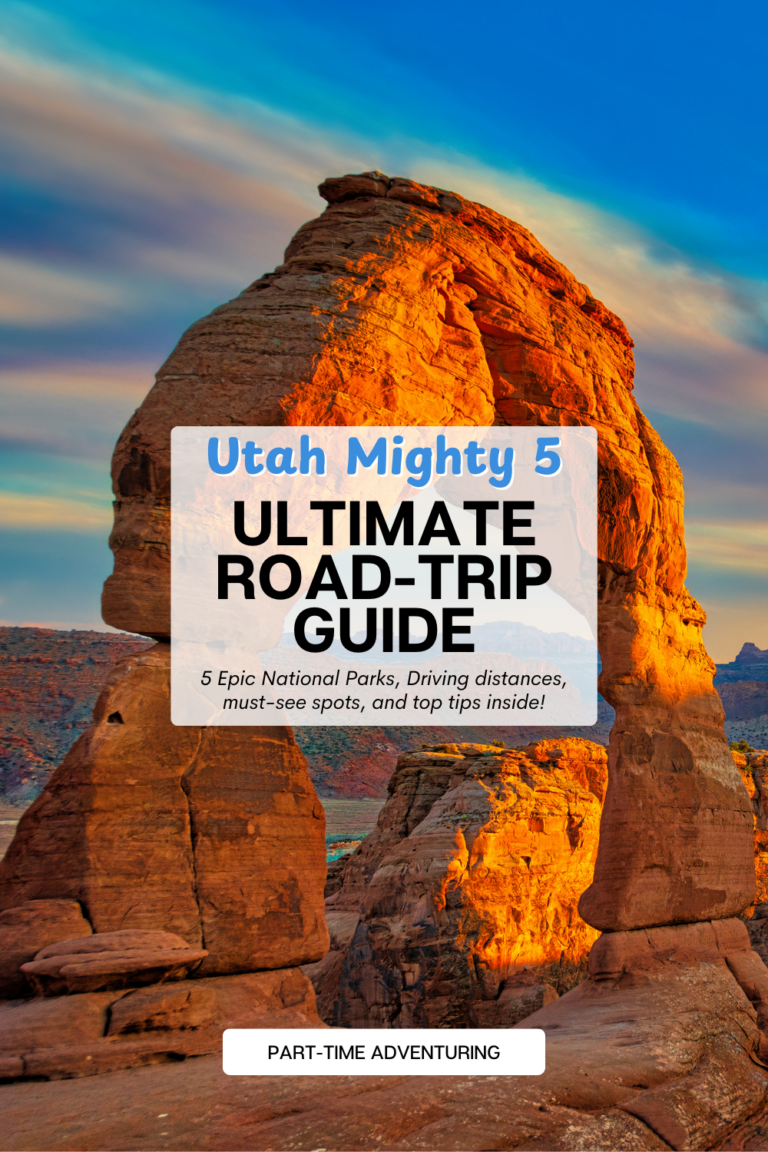Embark on an unforgettable Utah National Parks Road Trip to explore some of the most breathtaking landscapes in the U.S. Utah’s National Parks offer a diverse range of natural wonders, from towering red rock formations to surreal canyons and hoodoos. Whether you’re a seasoned hiker, a photography enthusiast, or simply love nature, this road trip promises an adventure of a lifetime.
Planning Your Utah National Parks Road Trip Itinerary
Before hitting the road, it’s essential to plan your route. A Utah National Parks Road Trip typically starts from either Salt Lake City or Las Vegas, depending on where you’re flying in from. From there, you can visit Zion, Bryce Canyon, Arches, Canyonlands, and Capitol Reef National Parks.

A suggested route for an epic adventure could look like this:
- Day 1-2: Zion National Park
- Day 3: Bryce Canyon National Park
- Day 4: Arches and Canyonlands National Parks
- Day 5: Capitol Reef National Park
Tip: Make sure to check for seasonal road closures and park regulations, especially if you’re visiting in winter or shoulder seasons.
Best Time to Visit Utah’s National Parks
A Utah National Parks Road Trip is best experienced in spring (March–May) and fall (September–November) when temperatures are mild, crowds are thinner, and hiking conditions are ideal.
- Spring: Wildflowers bloom, waterfalls are at their peak, and temperatures are pleasant. However, spring rains can make some trails slick.
- Fall: Cooler temperatures make hiking more enjoyable, and fall colors enhance the landscapes.
- Summer: Expect scorching temperatures, especially in Arches and Canyonlands, with daytime highs over 100°F. If visiting in summer, start hikes early in the morning and bring extra water.
- Winter: Bryce Canyon transforms into a snow-covered wonderland, and Zion is peaceful without the summer rush. However, some roads and trails may be closed due to snow and ice.
Tip: Be prepared for fluctuating temperatures, even in summer. Desert nights can be chilly, so bring layers.
Must-See Attractions in Utah’s National Parks
Zion National Park
Zion is the most visited of Utah’s national parks, known for its massive sandstone cliffs, narrow slot canyons, and adventurous trails.

- Angels Landing – One of the most famous (and thrilling) hikes in the U.S. This 5.4-mile round-trip trail gains 1,500 feet in elevation and features steep switchbacks, exposed sections, and chain-assisted climbs. Permit required.
- Difficulty: Strenuous
- Time Needed: 4–6 hours
- The Narrows – Hike through the Virgin River in a 1,000-foot-deep canyon where towering walls narrow to just 20 feet apart in places.
- Difficulty: Moderate to strenuous (depending on water flow)
- Time Needed: 2–10 hours (customizable out-and-back)
- Tip: Rent water shoes and a hiking stick in Springdale for better grip in the river.
- Note: The hike is often closed during the summer due to high strong waters.
- Zion Scenic Drive – A 9-mile drive through Zion Canyon with multiple viewpoints, including Court of the Patriarchs, Big Bend, and The Grotto.
- Tip: The scenic drive is shuttle-only from March to late November. Visitors must take the free Zion shuttle from Springdale or park at the Visitor Center.
Where to Stay:
- Springdale: Closest town with upscale options like Cliffrose Lodge, Zion Park Motel, and Zion Ponderosa Ranch Resort (great for glamping).
- Hurricane: More budget-friendly, offering stays like Quality Inn Zion Park Area and Zion RV Resort.
Bryce Canyon National Park
Bryce Canyon is famous for its otherworldly hoodoos—thin rock spires shaped by erosion. It sits at a high elevation (7,500–9,100 feet), making it cooler than Utah’s other parks.

- Rim Trail – A scenic walk along the canyon’s edge with breathtaking viewpoints at Sunrise Point, Sunset Point, Inspiration Point, and Bryce Point.
- Difficulty: Easy
- Time Needed: 1–2 hours (short walks between viewpoints)
- Queen’s Garden & Navajo Loop – The best introductory hike into the hoodoo-filled amphitheater. Start at Sunrise Point, descend through Queen’s Garden, and climb back up via Wall Street’s switchbacks.
- Difficulty: Moderate
- Time Needed: 2–3 hours
- Stargazing – Bryce Canyon is an International Dark Sky Park with some of the clearest night skies in the country. Attend a Ranger-Led Astronomy Program for telescope viewing.
Where to Stay:
- Bryce Canyon City: Closest lodging options, including Best Western Plus Bryce Canyon Grand Hotel and Bryce View Lodge.
- Tropic: A quieter alternative just outside the park, featuring The Pines at Bryce Canyon and Red Ledges Inn.
Arches National Park
With over 2,000 natural arches, this park showcases some of the most iconic rock formations in the U.S. This is the only Utah National Park with timed-entry permits. Timed entry tickets are required from April 1 – July 6 and August 28 – October 31, 2025 to enter Arches National Park between 7 AM and 4 PM daily.

- Delicate Arch – Utah’s most photographed landmark, best seen at sunrise or sunset. The 3-mile round-trip hikeclimbs steadily to reveal the 65-foot-tall arch perched on the rim of a sandstone bowl.
- Difficulty: Moderate to strenuous
- Time Needed: 2–3 hours
- Tip: Bring extra water—there’s no shade on the trail!
- Landscape Arch – One of the longest natural arches in the world at 306 feet. The easy 1.6-mile round-trip hike starts in Devil’s Garden.
- Difficulty: Easy
- Time Needed: 1 hour
- The Windows Section – A collection of massive arches (North Window, South Window, and Turret Arch) accessible via short, family-friendly hikes.
- Difficulty: Easy
- Time Needed: 30–60 minutes
Where to Stay:
- Moab: The best basecamp, featuring options like Red Cliffs Lodge, Aarchway Inn, and Moab Under Canvas(luxury glamping).
- Spanish Valley: A quieter alternative outside Moab, with stays like Goulding’s Lodge.
Canyonlands National Park
This huge, rugged park is divided into four distinct areas: Island in the Sky (most accessible), The Needles (best for hiking), The Maze (remote and wild), and the Rivers (Colorado & Green).
- Island in the Sky (Most Popular)
- Mesa Arch: A must-see sunrise spot, where the rising sun glows through the arch over the canyon below.
- Difficulty: Easy (0.5 miles round trip)
- Time Needed: 30–45 minutes
- Grand View Point Overlook: Offers one of the most breathtaking views of Canyonlands.
- Difficulty: Easy (2 miles round trip)
- Time Needed: 1 hour
- Mesa Arch: A must-see sunrise spot, where the rising sun glows through the arch over the canyon below.
- The Needles (Best for Hiking)
- Chesler Park Loop: A 10.6-mile backcountry hike among towering rock spires.
- Difficulty: Strenuous
- Time Needed: 5–7 hours
- Druid Arch Trail: A challenging 10-mile trek to a massive arch resembling Stonehenge.
- Difficulty: Strenuous
- Time Needed: 6–8 hours
- Chesler Park Loop: A 10.6-mile backcountry hike among towering rock spires.
Where to Stay:
- Moab: Ideal for Island in the Sky, featuring Moab Valley RV Resort & Campground and Redstone Inn.
- Monticello: A quieter town an hour south, with options like The Hogan and Blue Mountain Guest Ranch.
Capitol Reef National Park
Often overlooked, Capitol Reef offers colorful cliffs, petroglyphs, and historic orchards.

- Hickman Bridge: A 1.8-mile round-trip hike to a 133-foot-wide natural bridge.
- Difficulty: Moderate
- Time Needed: 1.5 hours
- Scenic Drive: A 7.9-mile paved road winding through the canyon. Optional detours on dirt roads lead to Cathedral Valley and Capitol Gorge.
- Fruita Historic District: A preserved Mormon settlement with historic buildings and fruit orchards where you can pick apples, peaches, and cherries in season.
Where to Stay:
- Torrey: Closest town, offering Capitol Reef Resort, The Rim Rock Inn, and Red Sands Hotel.
- Bicknell: A peaceful alternative featuring The Hickman Bridge Inn.
Trip Planning Tips for a Utah National Parks Road Trip
- Ideal Trip Length: A 7-10 day itinerary allows enough time to explore each park without rushing.
- Driving Distance: Utah’s parks fairly close to one another, from 30 minutes – 2.5 hours apart. However, some roads are remote—keep an eye on your gas levels!
- Entrance Fees: The America the Beautiful Pass ($80) covers all five parks and is worth it if visiting multiple locations.
- Weather Prep: Desert climates mean extreme temperature shifts. Pack layers, sun protection, and plenty of water.
- Reservations: Angels Landings require a permit to hike and Arches National Park has timed entry permits.
Conclusion: Utah National Parks Road Trip – An Adventure You’ll Never Forget
A Utah National Parks Road Trip is more than just a scenic drive—it’s a journey through some of the most stunning landscapes in the world. Whether you’re hiking iconic trails, photographing surreal rock formations, or stargazing in remote parks, Utah’s National Parks provide a variety of experiences for all types of adventurers. With careful planning, a sense of exploration, and a spirit of spontaneity, this road trip will be one to remember for years to come.
Make sure you check out our other blog posts related to National parks and Hiking!

